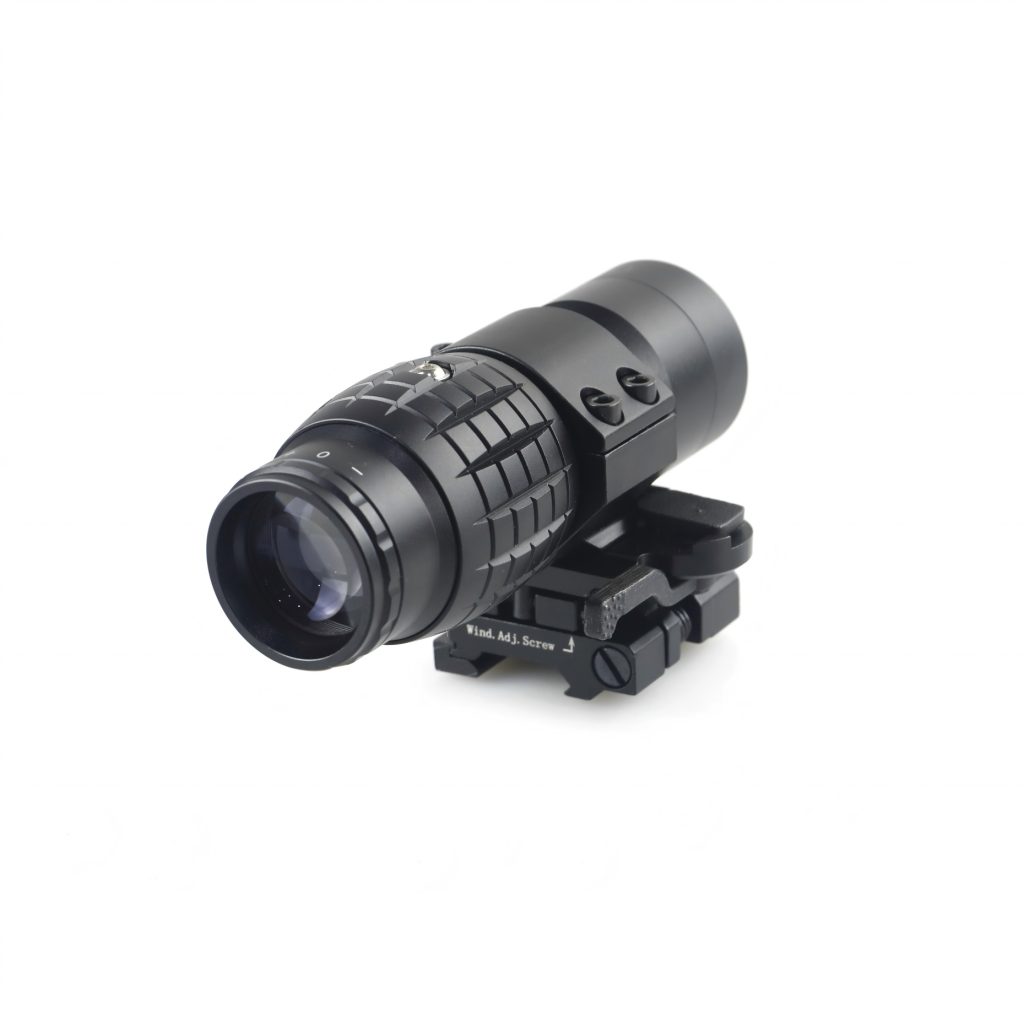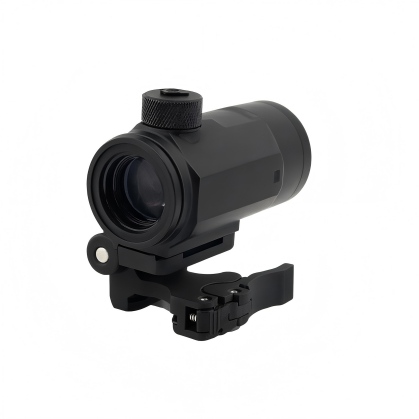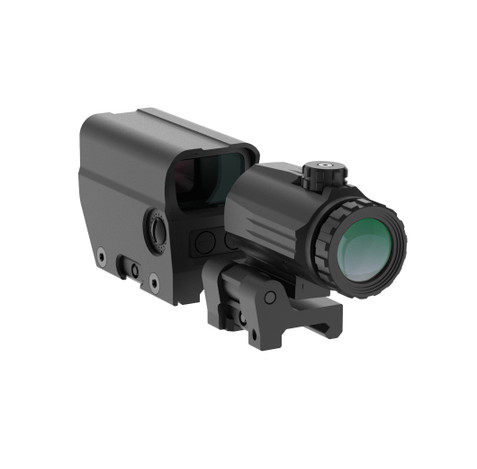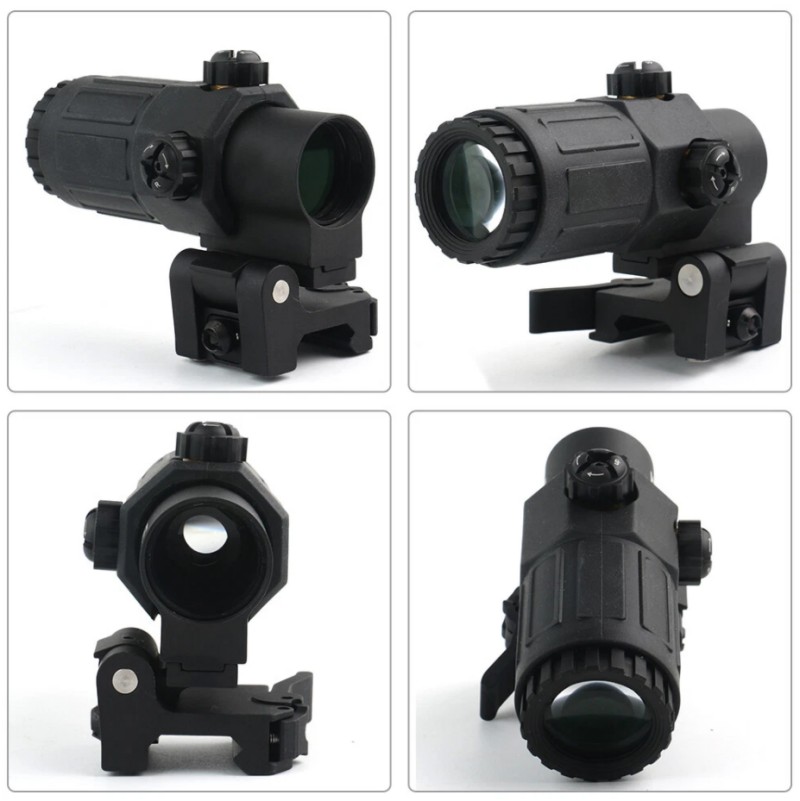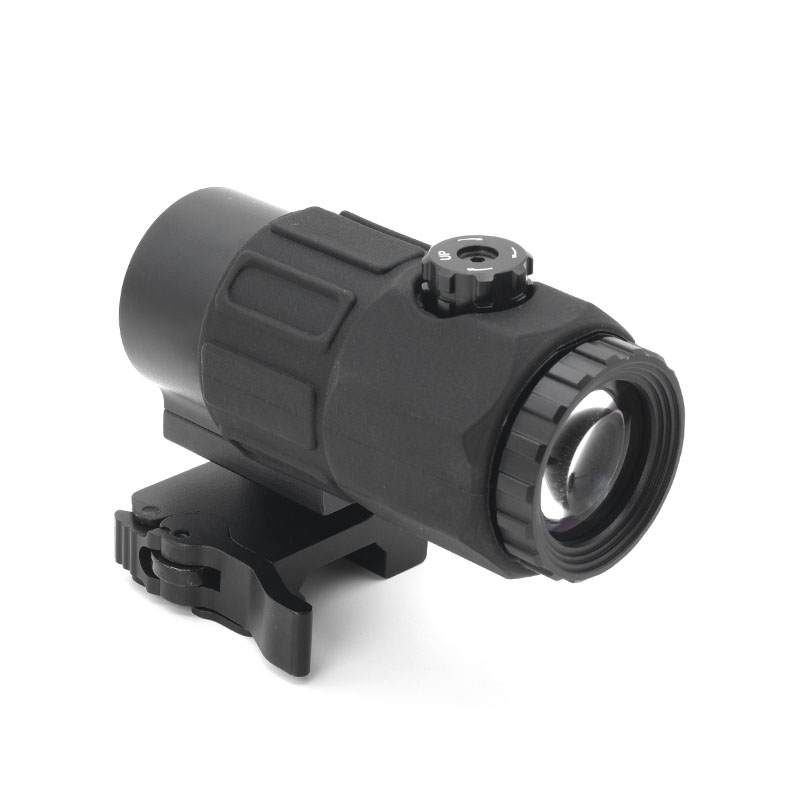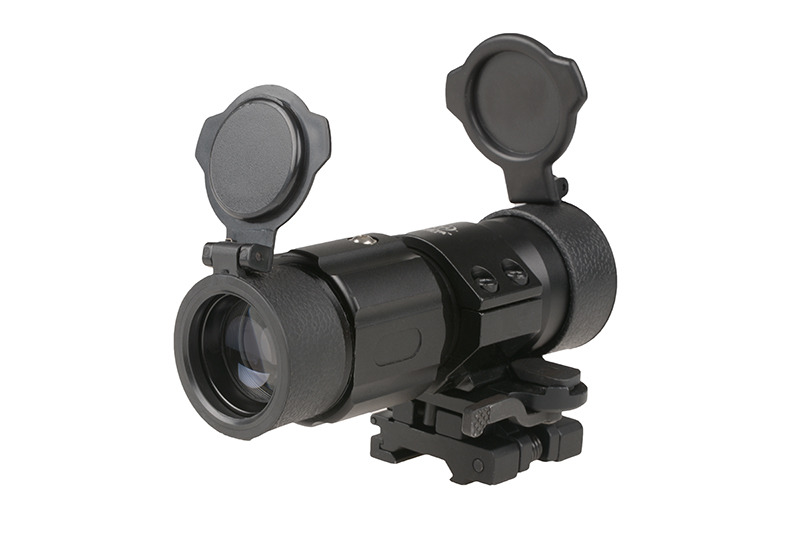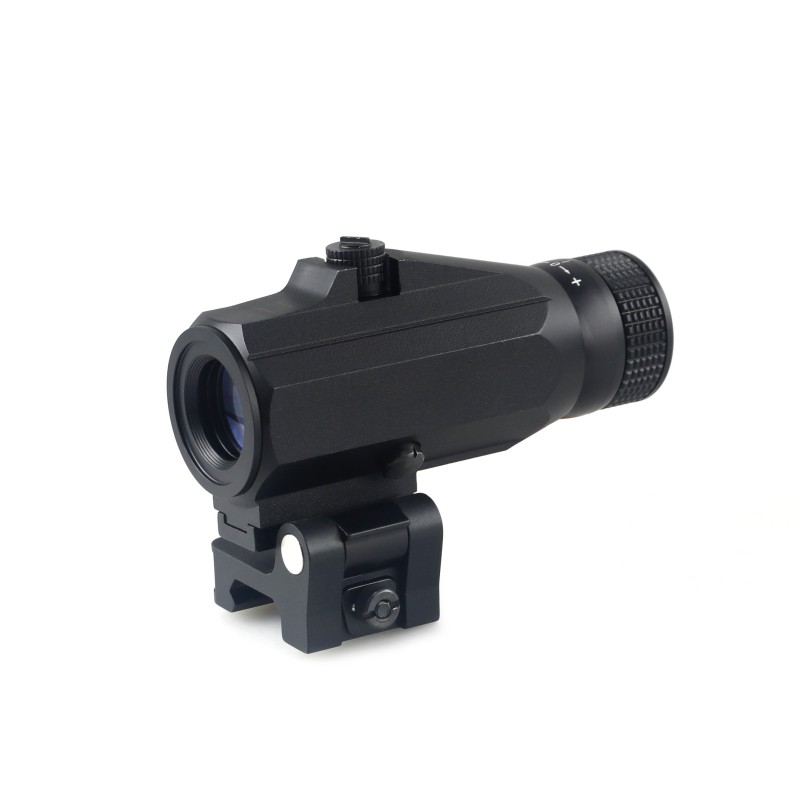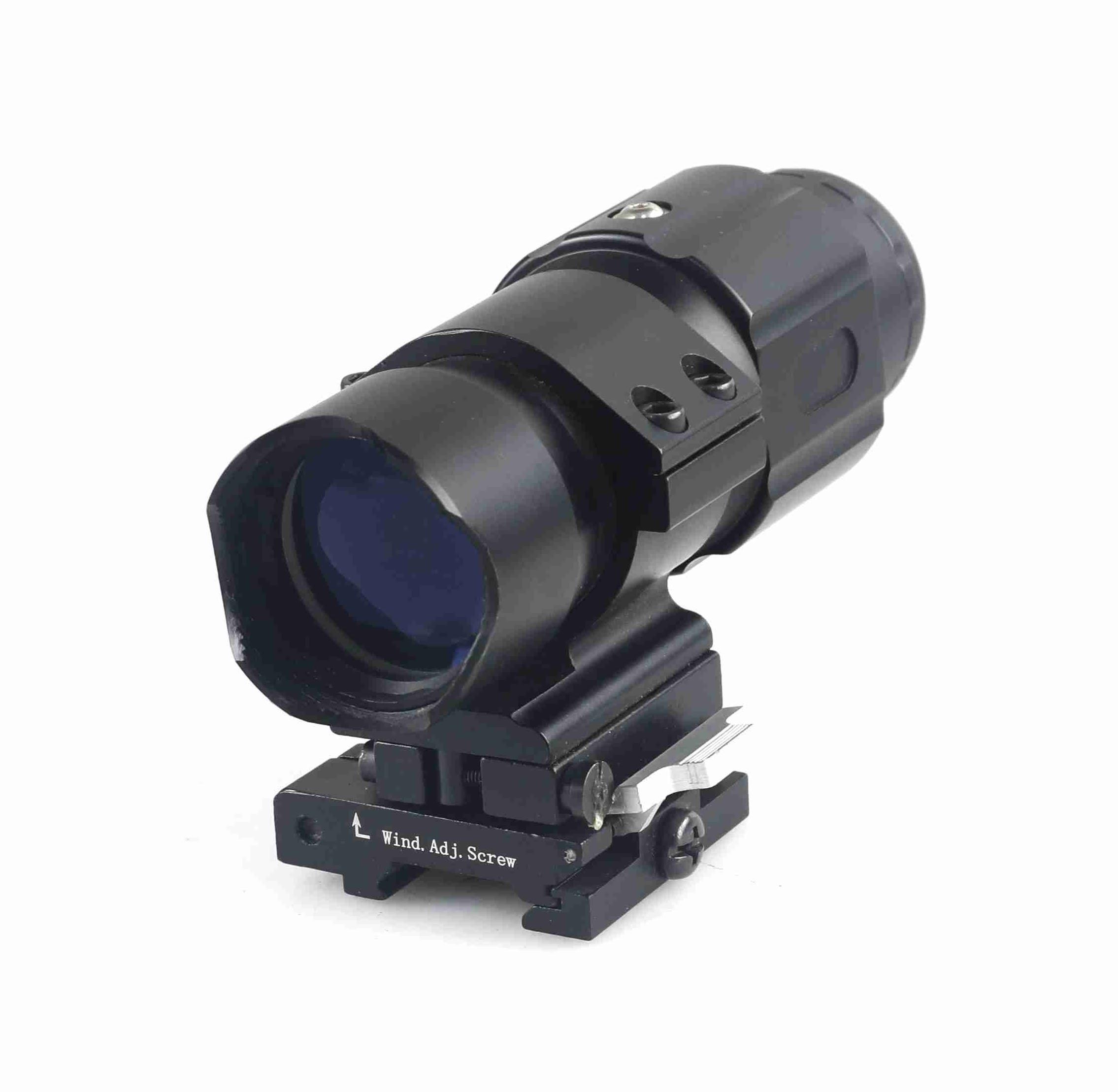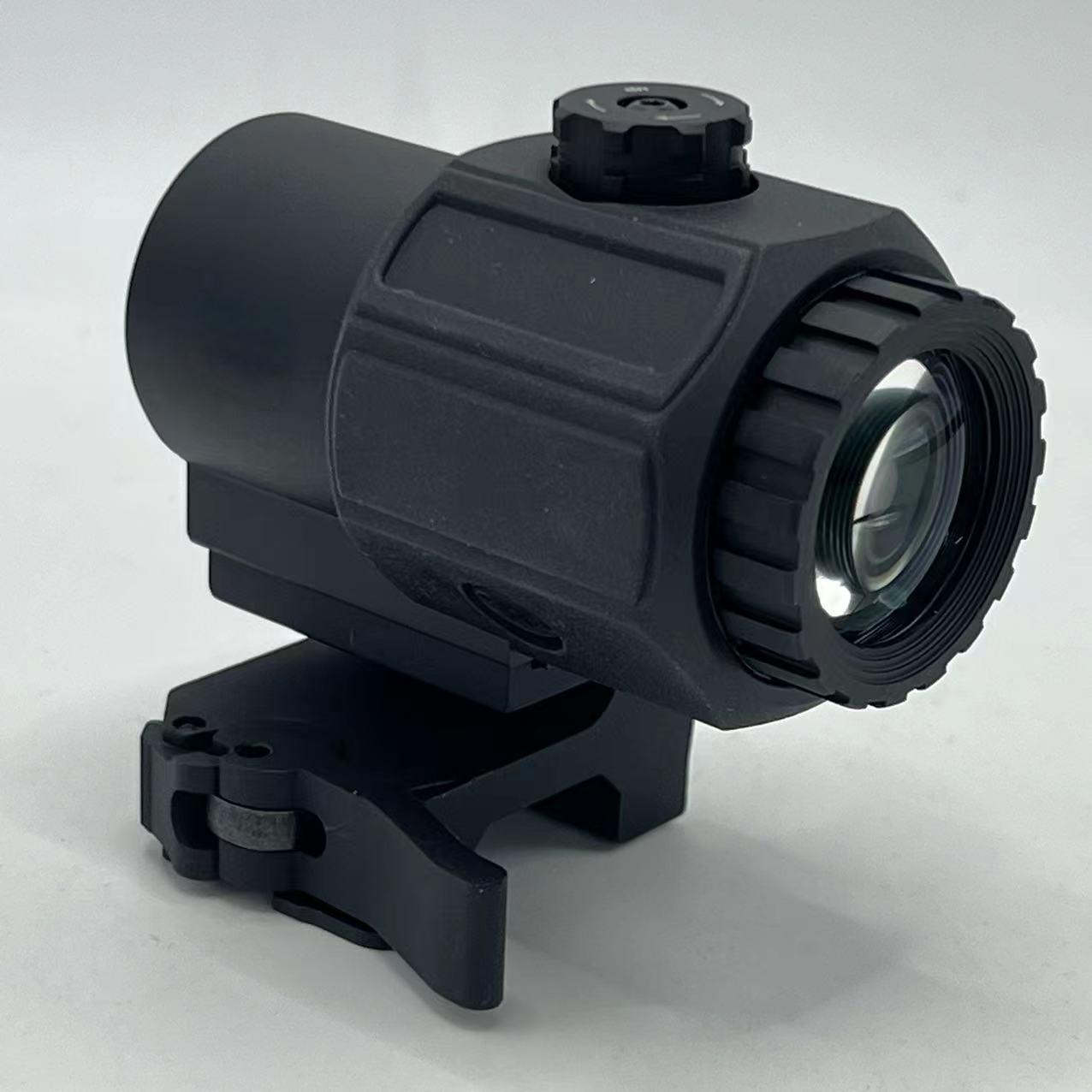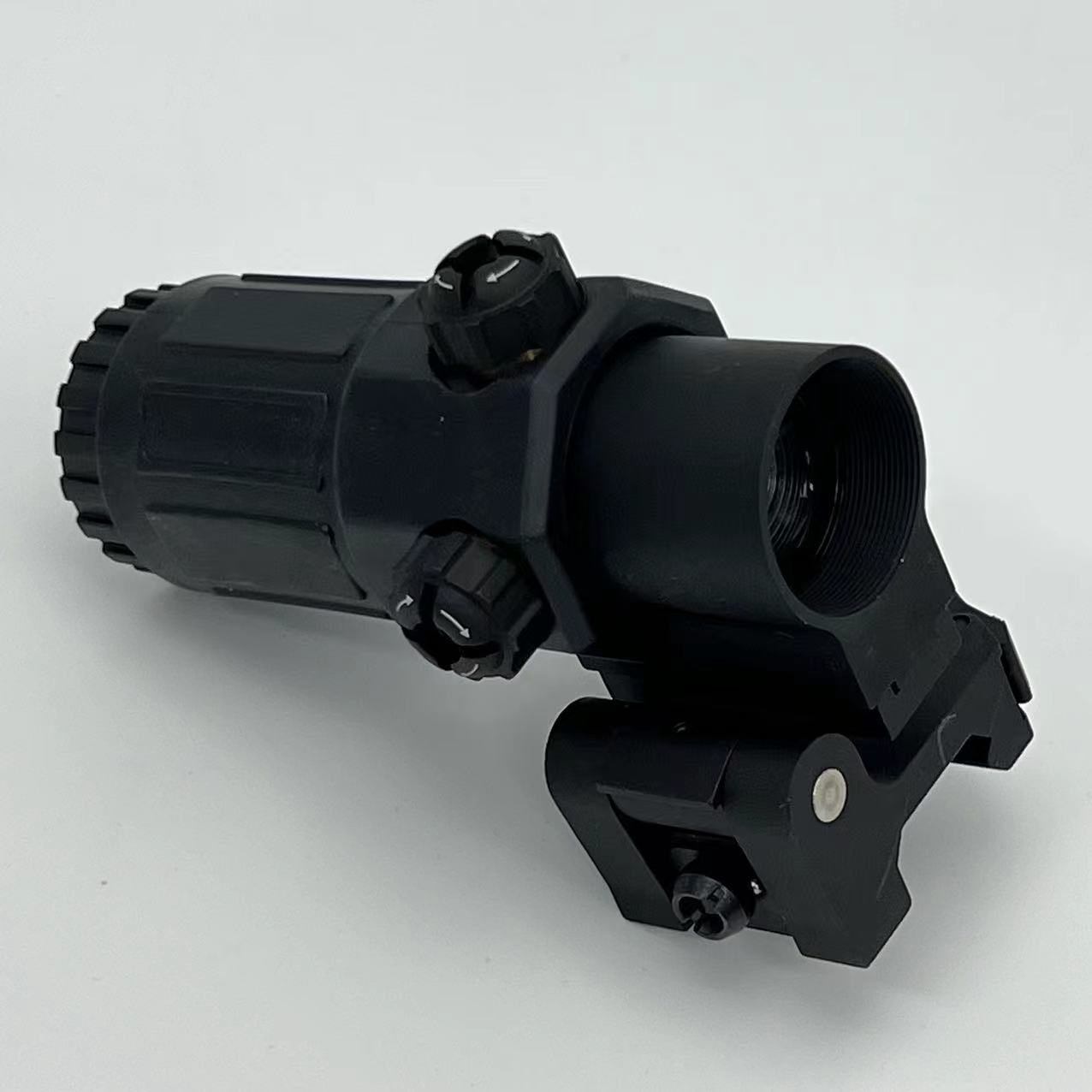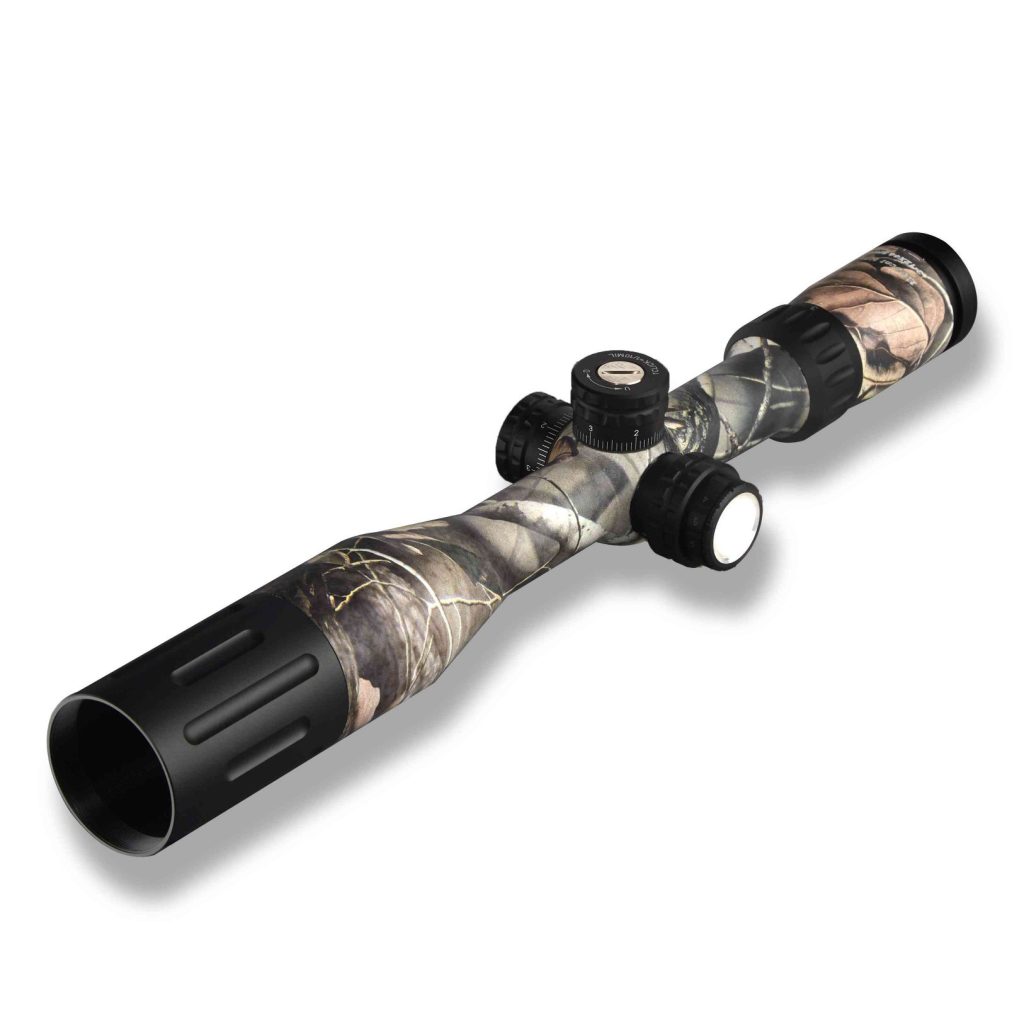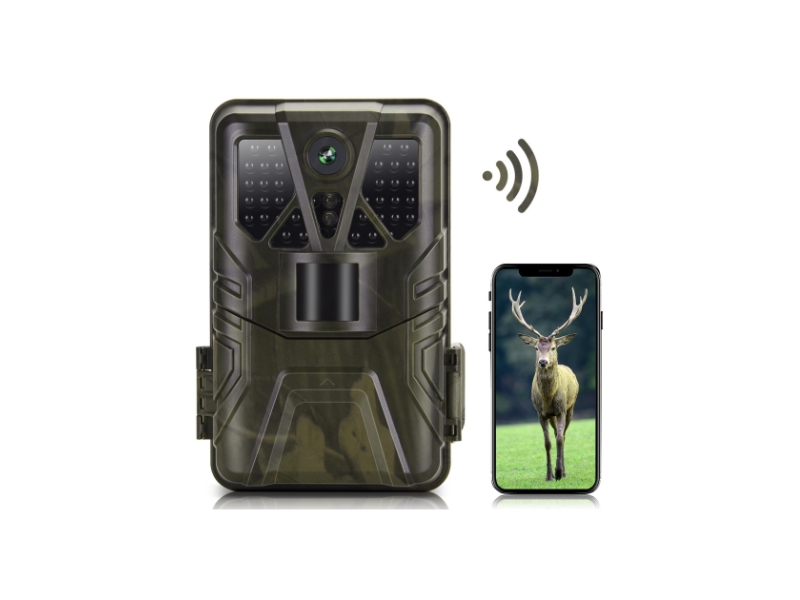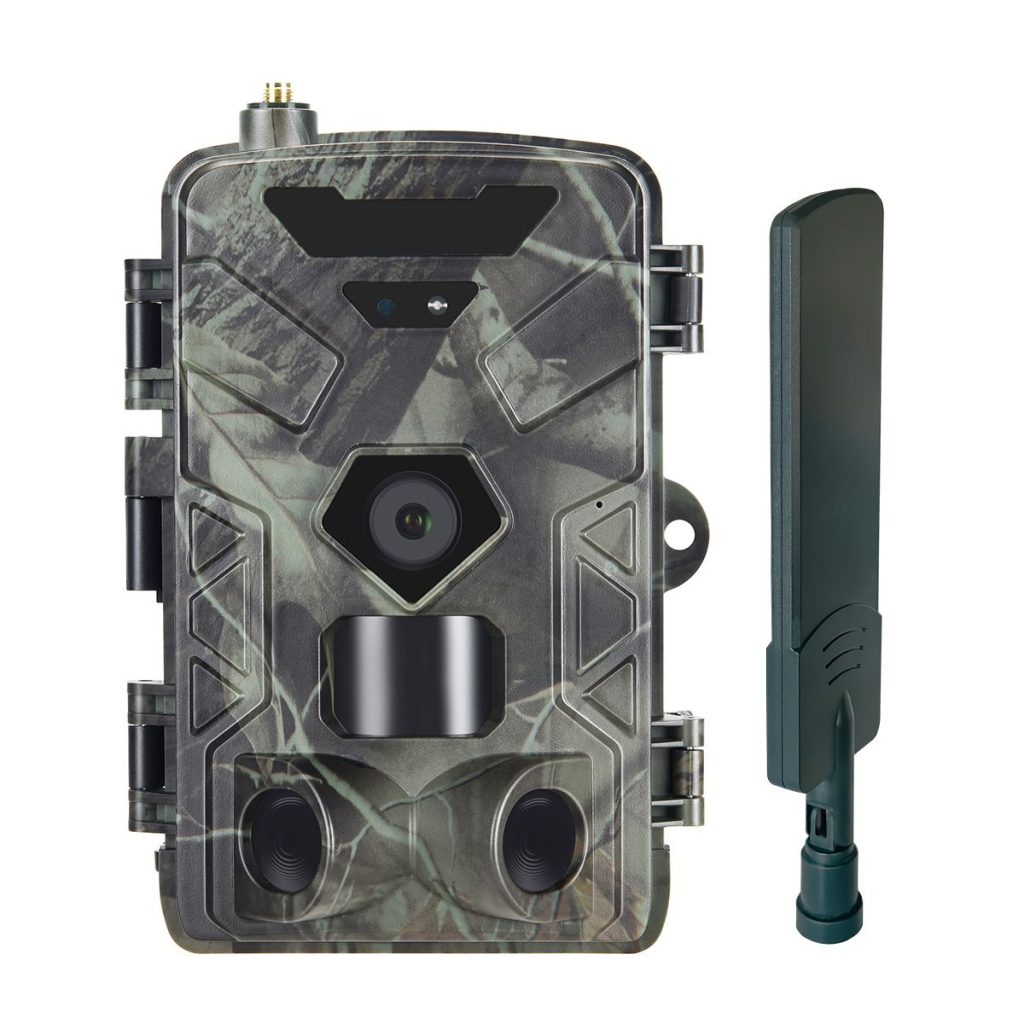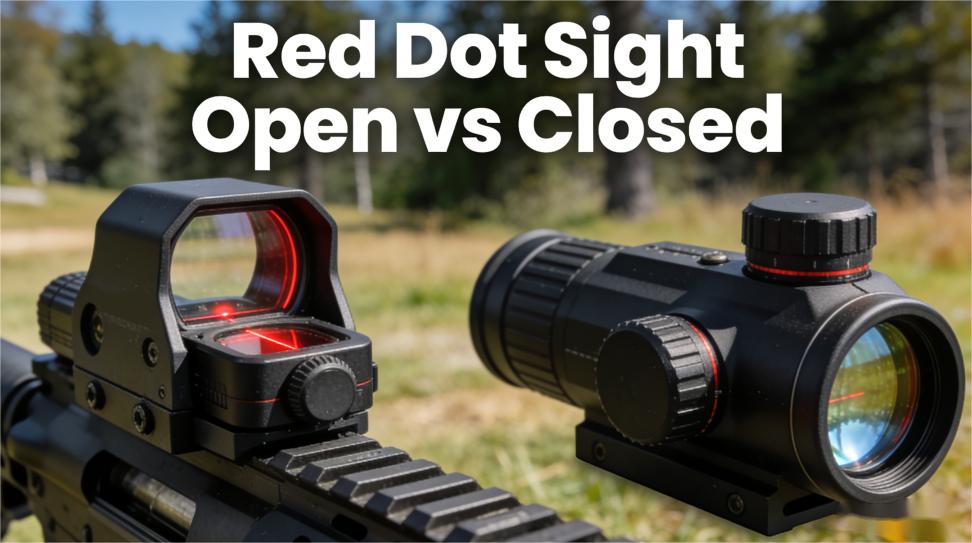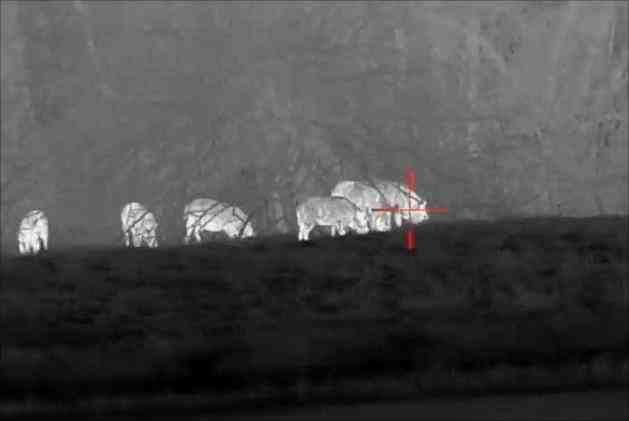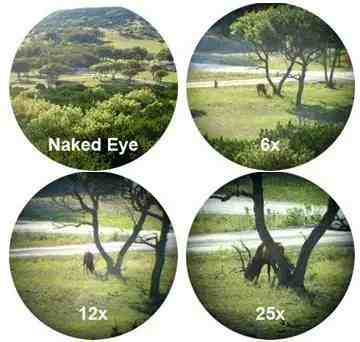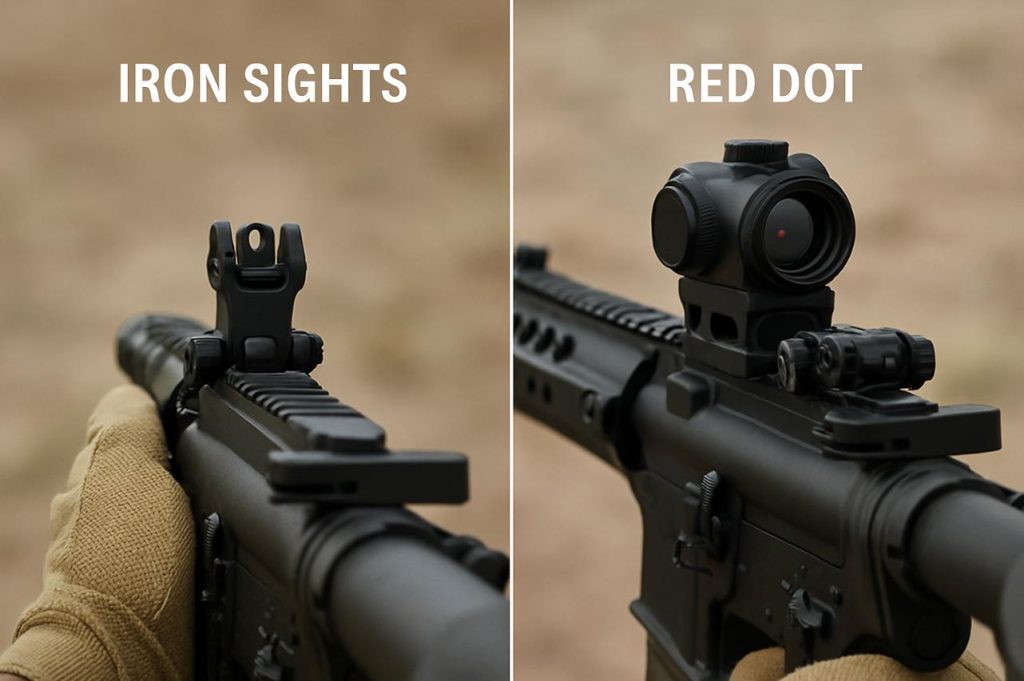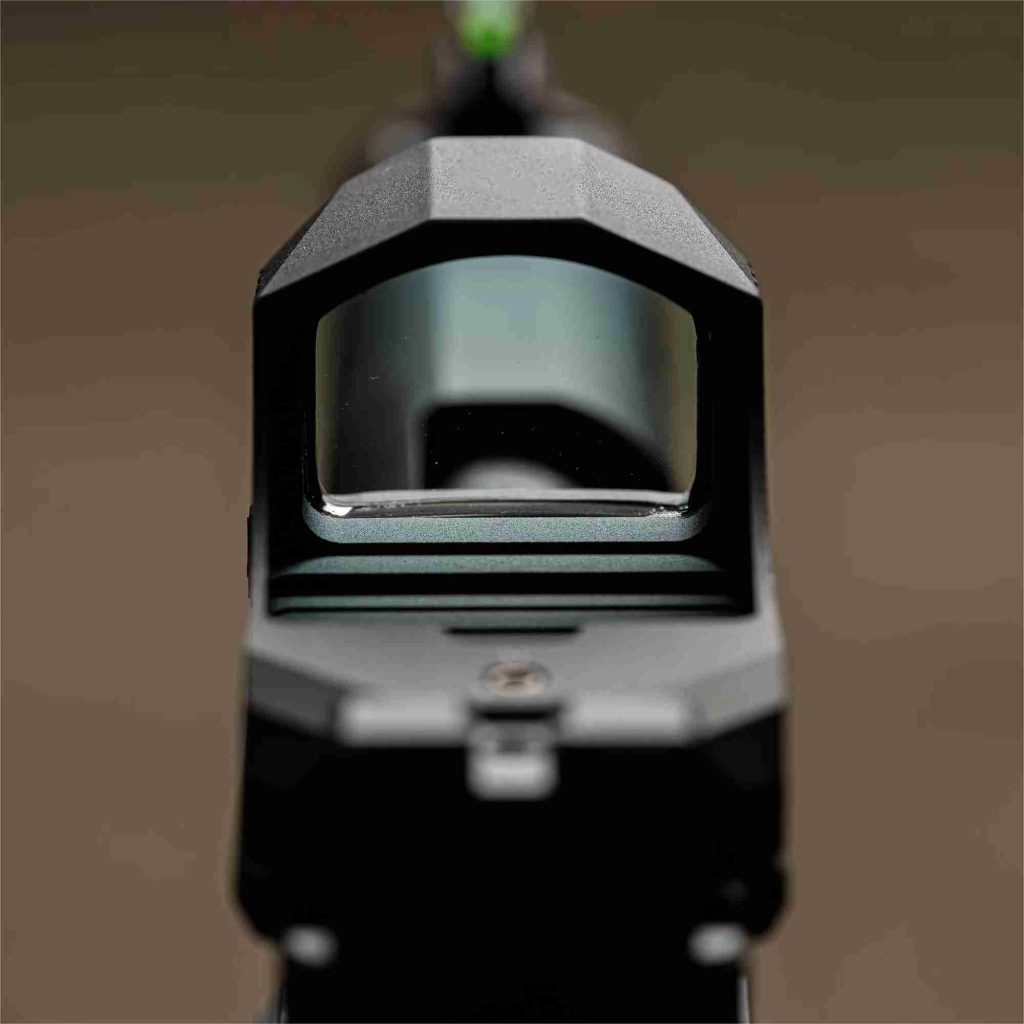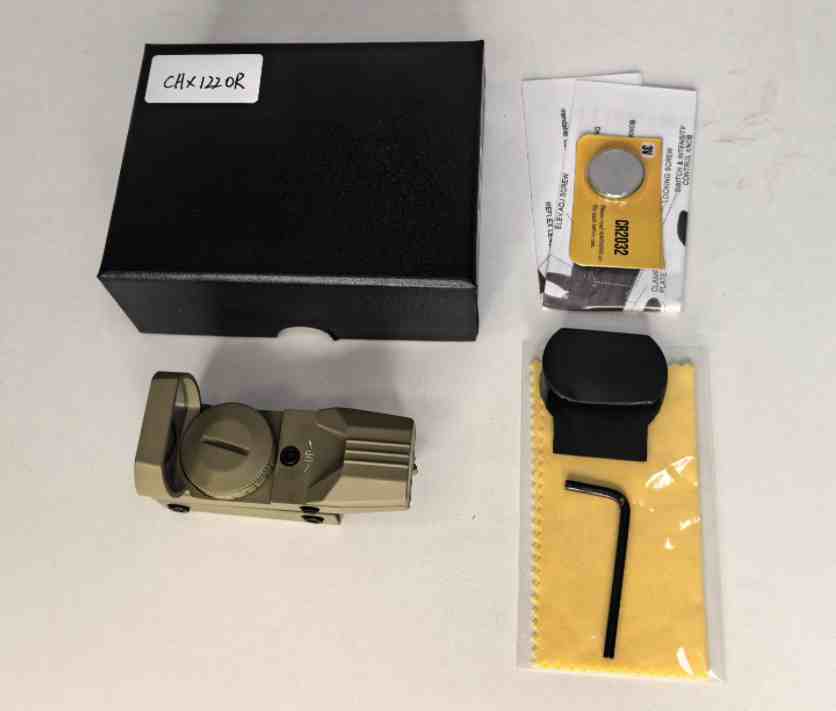Red Dot Magnifiers
Red dot sights are inherently non-magnifying, which can make them less effective for mid-range shooting. To address this limitation, FORESEEN OPTICS has specifically designed 2X, 3X, 5X, and even 7X sight magnifiers to complement our red dot sights. These magnifiers, paired with durable flip-to-side mounts, significantly enhance the performance of red dot sights at mid-range distances, ensuring that users maintain exceptional accuracy across various shooting environments.
Thanks to our strong optical design and lens manufacturing capabilities, FORESEEN OPTICS’ sight magnifiers excel in optical quality and offer a wide range of options to meet different customer needs. We sincerely recommend, as many of our brand clients do, that you consider pairing an appropriate sight magnifier with your red dot sights for bundle sales. Data shows that when bundle sales are offered, for every three red dot sights sold, one magnifier set is typically included. This not only greatly enhances the customer experience but also significantly increases the overall value of your products.
By adopting this strategy, your brand can provide consumers with more comprehensive solutions, establish a stronger market presence, and achieve higher profit margins.
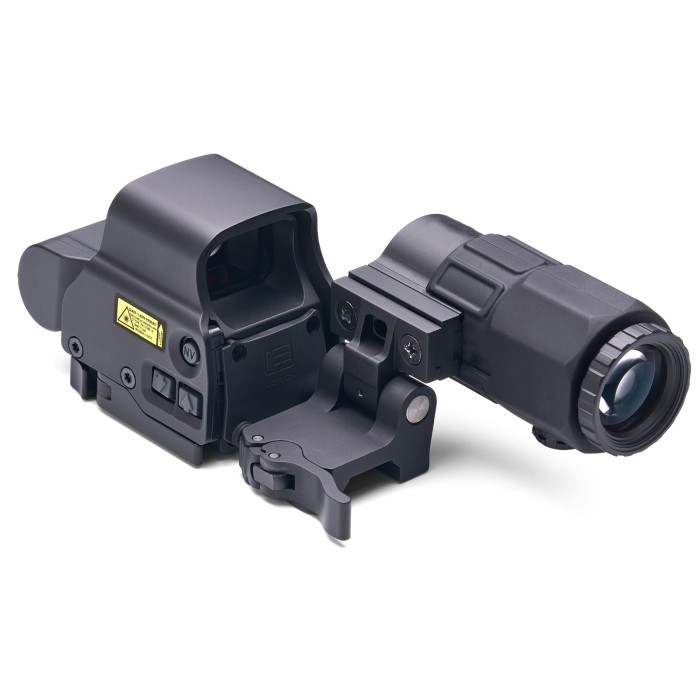
800G Recoil Resistance
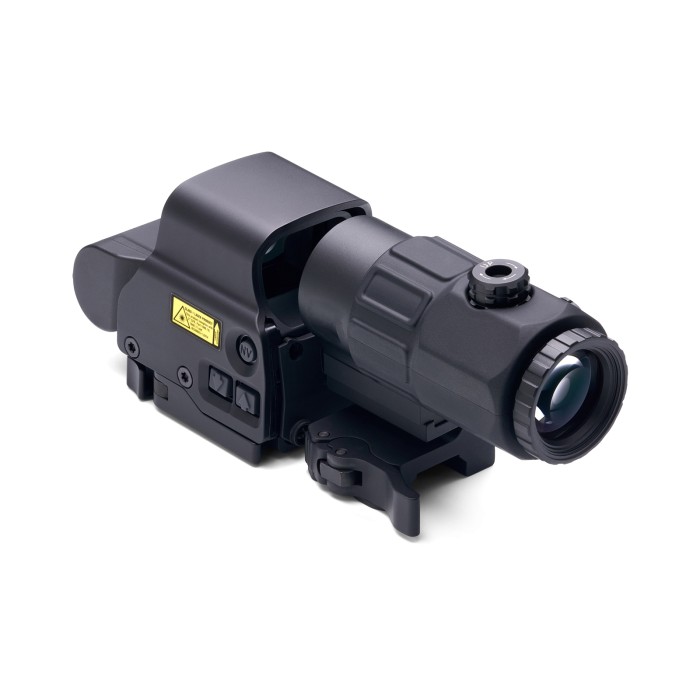
Selectable 2–7× Optical Magnification
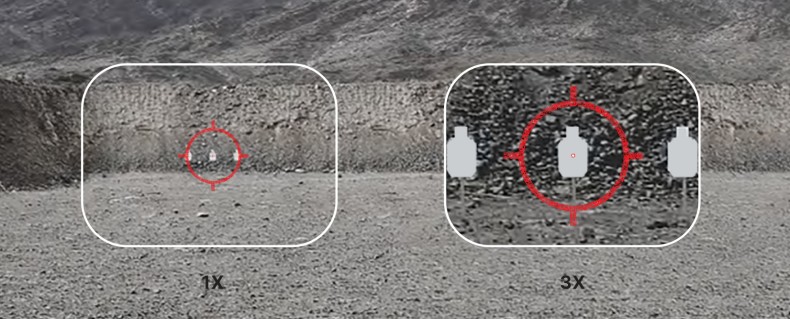
Distortion‑free Magnified Imaging
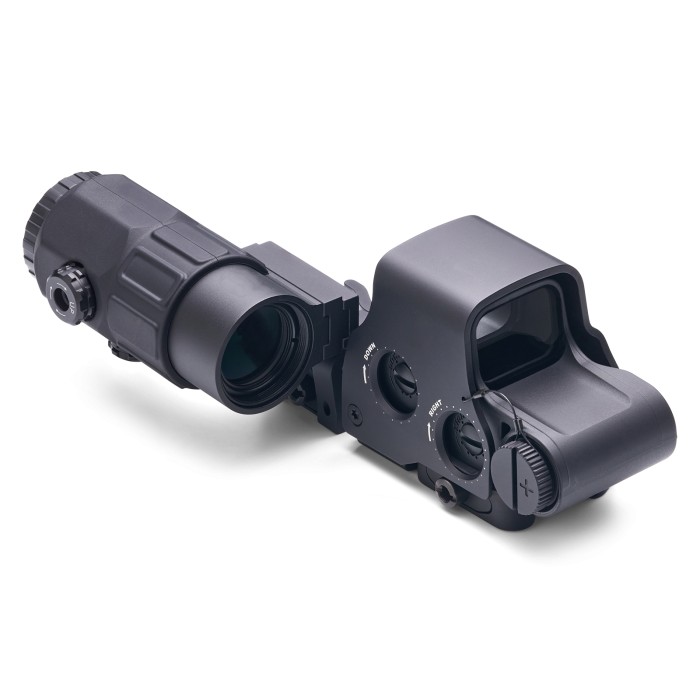
90% Optical Light Transmission
FORESEEN Red Dot Magnifier Series
Choose from our base models and add custom features—we’ll redesign it to meet your needs.
Click the inquiry button and tell us what you’re looking for.
POPULAR SCOPES & SIGHTS FOR YOU
How to Mount a Magnifier and Red Dot Sight on Your Rifle?
Below is the FORESEEN OPTICS universal mounting and alignment procedure for red dot sights and magnifiers, applicable to most brands and models:
Step 1: Install the Red Dot Sight and Zero
- Select Rail Position
Mount the red dot sight on the upper rail at a comfortable eye-to-eyepiece distance (typically 2–3 finger widths).
- Secure the Base
Evenly tighten the mounting clamp screws with a wrench or screwdriver to the manufacturer’s recommended torque (usually 15–20 in-lb).
- Zero the Sight
- Rest the rifle on a stable bench or sandbag and align with the center of your target.
- Adjust the sight’s windage (left/right) and elevation (up/down) turrets until the reticle is centered on the bullseye.
- Fire multiple groups to confirm impact points cluster on the bullseye, completing a one-time zero.
Step 2: Mount the Magnifier and Lock
- Position the Magnifier
Slide the magnifier onto the same rail behind the red dot sight, keeping their optical axes as close as possible to avoid gaps.
- Secure the Quick-Detach Base
Close and lock the quick-detach lever or tighten the rail clamps, ensuring no front-to-back or side-to-side movement.
- Verify Installation
Gently tug the magnifier to confirm it’s firmly locked; operate the quick-detach mechanism to verify smooth, reliable action.
Step 3: Flip Out the Magnifier and Fine-Tune Alignment
- Engage Magnification Mode
Flip the magnifier from its stowed position into the shooting position until it clicks into place.
- Focus the Eyepiece
Adjust the diopter ring on the magnifier until both reticle and target are sharp.
- Horizontal/Vertical Micro-Adjust
- If the reticle isn’t centered in the magnified field, use the magnifier’s horizontal and vertical adjustment knobs (or set screws) to nudge it back to center.
- Make very small adjustments, checking after each until the reticle is perfectly centered.
Step 4: Self-Check and Stability Test
- Mode-Switch Test
Toggle between stowed and deployed positions several times to ensure the reticle returns to center without re-adjustment.
- Shooting Stability
Fire a few rounds and observe the magnified reticle for any shift caused by recoil or vibration.
- Final Verification
- Stow the magnifier and confirm the red dot sight’s zero remains unchanged.
- Deploy the magnifier and again verify the reticle aligns with the original zero.
After completing this universal procedure, you can freely switch between 1× (red dot) and magnified modes while maintaining consistent zero and precise aiming.
FORESEEN One-stop Service,
Save Worry, Save Trouble, Save Cost
Stock Combination Delivery
Solution Matching
Development from Scratch
Quick Customization
Deep Customization
Choose us, and make your brand even greater
Blog
Continuous investment in technology and product upgrades is our primary means of helping
clients maintain their market competitiveness.



